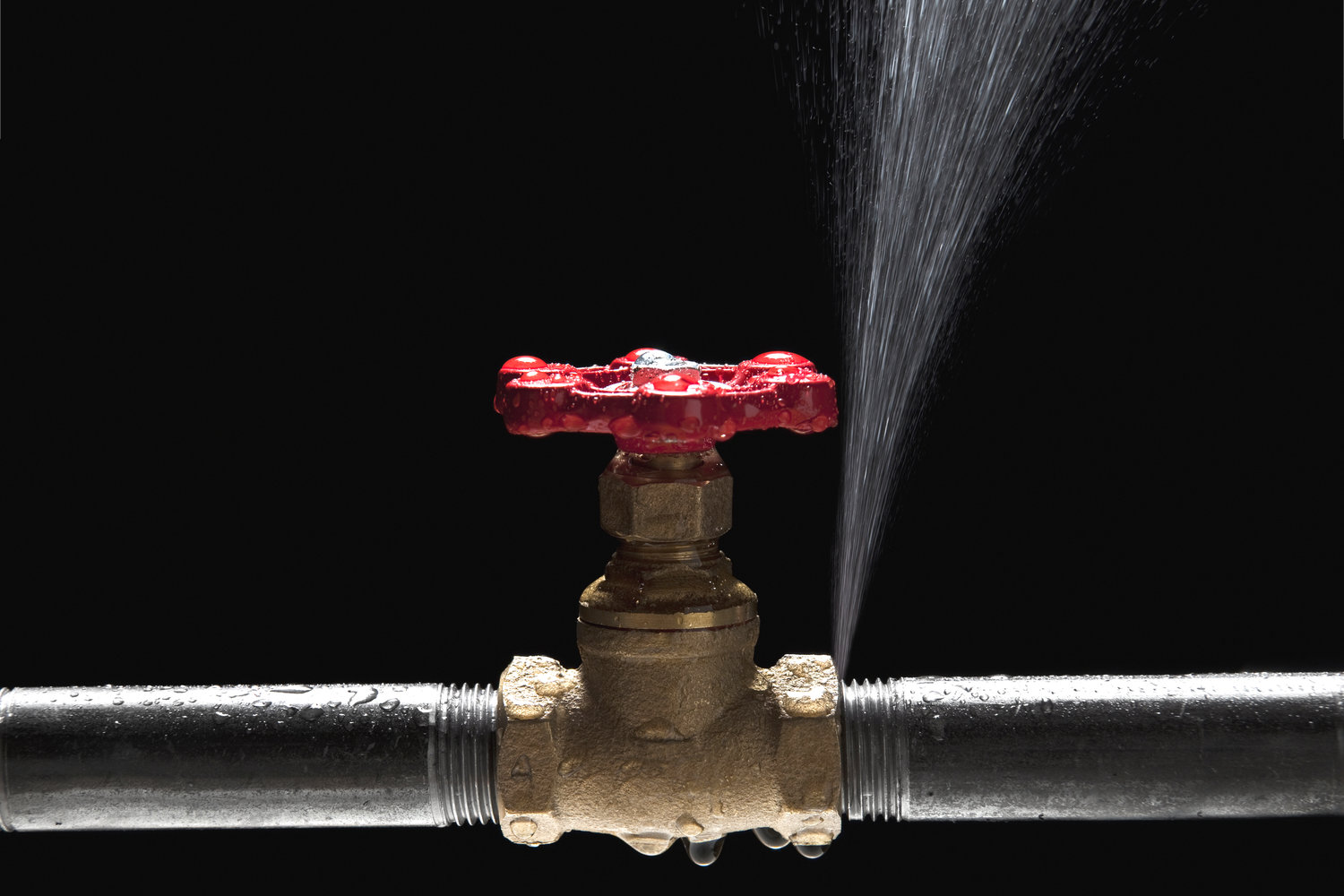Lexington County officials offer tips to avoid frozen pipes
Lexington County faced some extreme cold this holiday season, which resulted in burst pipes and a lack of hot water.
This item is available in full to subscribers.
Subscribe to continue reading. Already a subscriber? Sign in
Get 50% of all subscriptions for a limited time. Subscribe today.
Please log in to continueNeed an account?
|
Lexington County officials offer tips to avoid frozen pipes
Lexington County faced some extreme cold this holiday season, which resulted in burst pipes and a lack of hot water.
The Joint Municipal Water and Sewer Commission, which serves Lexington County, provided the Chronicle with ways residents can be prepared for extreme cold and recognize potential issues.
“It’s important to inform the community of the potential impacts brought by low temperatures like we recently experienced.” said Jay Nicholson, general manager/CEO of the commission “Whether our distribution system is impacted or a customer’s plumbing, significant property damage can occur as well as loss of service and valuable resources. Anything we can do to help mitigate those potential impacts helps the community as a whole.”
According to the commission, when water freezes and expands it creates a tremendous amount of stress on both metal and plastic pipes. Residents will typically find that the pipes experiencing freezing are exposed to the cold weather, such as hose bibs or pipes located in unheated areas, commonly a garage or kitchen cabinets.
The commission shared several ways to prevent frozen pipes:
- Tightly close doors and windows to the outside.
- Insulate pipes in unheated or drafty areas. Hardware and plumbing supply stores carry insulation to keep pipes from freezing.
- Shut off and drain the pipes leading to your outside faucets so no water is left to freeze, expand and cause a leak in these lines.
- Close the inside valves and drain the pipes leading to your outside hose bib (faucet).
- Know where your main shutoff valve is and label it. Minimize the potential for water damage by ensuring that everyone in the household knows how to shut off the water in case of an emergency.
- Open the cabinets beneath any place with a water supply, such as the kitchen and bathroom sinks. This will allow warm air to circulate. (Remove any toxic substances first if there are small children or pets in the home.)
The press release sent out by the commission shared ways to prevent frozen pipes.
Despite these preventative measures, a pipe may still freeze. There are ways to recognize this issue.
The first sign you have a frozen pipe is if you turn a faucet on and are getting no water or only a trickle.
If this happens, the commission's recommended first step in addressing the matter is to identify if the problem is throughout the entire home or in just one area. The press release shared a few ways that a pipe can be thawed, including a hairdryer, portable heater, warm water-soaked towels, and ensuring that there is warm air circulating.
The commission isn’t the only place informing residents of how to prepare for the cold, the City of Cayce sends out important weather notes, including important numbers to call during inclement weather.
One tip the city gave to combat freezing pipes was to make sure the home heating is not set lower than 55 degrees.
Other items that may interest you







Comments
No comments on this item Please log in to comment by clicking here